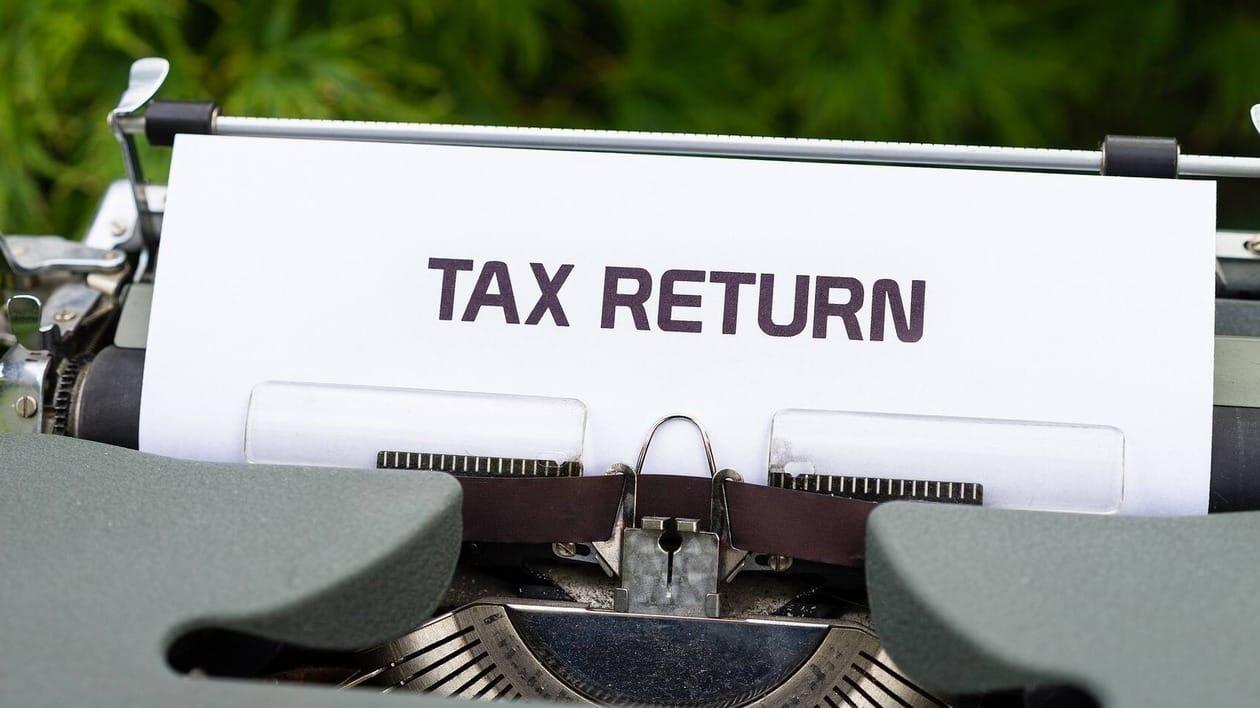Small investors tend to invest not only to let their wealth grow, but also to save on their tax. According to the old income tax regime, individuals can claim income tax (I-T) exemption of up to a maximum of ₹1.5 lakh under section 80C of the Income Tax Act.
This tax exemption clause enables individuals to claim deduction out of their total income when they make investment in certain investment schemes.
These include Public Provident Fund (PPF), National Savings Certificate (NSC), Tax saving fixed deposit, five-year Post office term deposits (POTD) and senior citizen saving scheme (SCSS).
As a matter of fact, all the above-mentioned investment options are fixed income instruments and investors do not run any risk when they invest in them.
There are, however, some investment options that are equity-oriented products and are, therefore, riskier than their counterparts in the debt category.
Market linked instruments that allow tax exemptions:
Unit linked insurance plans (ULIPs): They have a 5-year lock-in period and allow investors to fund options with different asset allocations between equity and debt to choose from.
The tax benefit under section 80C is offered for the premium paid towards a ULIP.
The value of the policy at the time of exit (either after 5 years or longer) from the ULIP is also tax free in the hands of the investor
Equity linked savings schemes (ELSS): These are close-ended mutual funds with a three-year lock-in period that invest in equity of companies across market cap and sectors.
Tax benefit under section 80C is given against the investment made in equity linked savings scheme.
There are a total of 42 ELSS schemes with combined net assets under management (AUMs) of ₹1,49,998 crore as on Feb 28, 2023, shows the AMFI data.
Experts suggest that investing in ELSS can enable investors to meet financial goals while saving income tax at the same time. Another key advantage of ELSS is that unlike other tax saving instruments such as NPS and PPF, ELSS has a shorter lock-in period i.e., three years.
National Pension System (NPS): It is a government-administered pension scheme that ensures retirement benefits with regular contributions during your working life.
An individual can either invest money in different asset classes (active choice) or opt for a default option which invests money as per their age (auto choice).
Active choice allows you to invest up to a maximum of 75 percent in equity. NPS is one of the schemes that enables tax payers to claim exemption of up to ₹1.5 lakh under section 80C.
One can also claim an additional deduction of ₹50,000 as per section 80CCD1(b) of the Income tax for their contribution to NPS making it one of the few market-linked investments with tax benefits.
